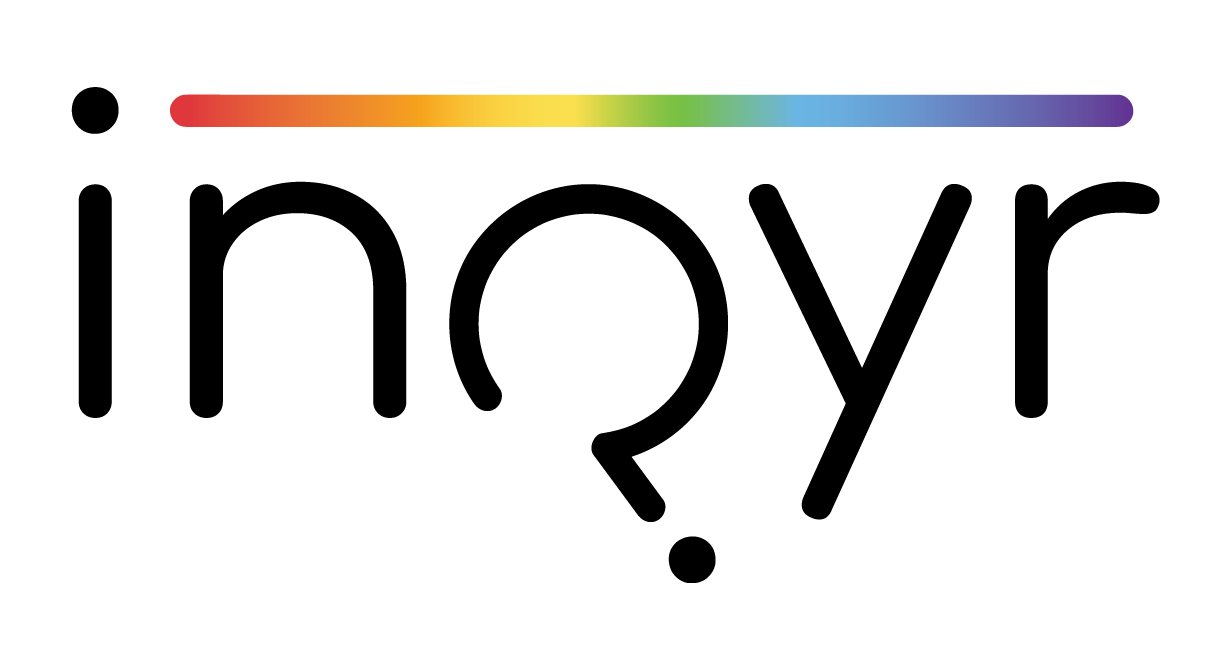Platforms and patterns for practice: LGBTQ+ youths' use of information and communication technologies by gender, sexuality, age, and race
McInroy, L., Craig, S. L., Lueng, V. (2018). Platforms and patterns for practice: LGBTQ+ youths' use of information and communication technologies by gender, sexuality, age, and race. Child and Adolescent Social Work Journal, 36(5), 507–520. https://doi.org/10.1007/s10560-018-0577
Highlights
Background
Information and communication technologies (ICTs) allow LGBTQ+ youths to access social support, develop identities, and increase well-being in a context of relative safety. However, we know little about LGBTQ+ youths’ patterns of ICT use.
Study Description
We investigated the use of ICTs by a diverse, cross-sectional survey sample (n = 6,309) of LGBTQ+ youth (ages 14–29; Mage = 18.9, SDage = 3.60) from across the US and Canada
We studied their use of mobile and non-mobile devices, time spent online, and participation on diverse social media and other online platforms
We also compared participants’ experiences based on sociodemographic characteristics: age, sexual orientation, gender identity, ethno-racial identity, community type, and socioeconomic status
Key Findings
Device Use:
LGBTQ+ youth in the US and Canada use multiple mobile devices (2–3 on average), and fewer non-mobile devices (1 on average)
They are very digitally active, with 47.2% online more than 5 hours daily
Youth ages 19–24 were most likely to use mobile devices; there were no differences by age for non-mobile devices
Youth with less traditional LGBTQ+ identities—e.g., pansexual, asexual, queer, and gender non-conforming—indicated highest mobile device use and most time spent online
Asian, Multi-Racial and African-American respondents reported high levels of use. White respondents spent significantly less time online.
Preferences in Site/Application Use
Older youth: social networking, information, and social news and discussion
Younger youth: media sharing/consuming, micro-blogging, and fandom
Lesbian and female youth: bookmarking, media sharing, and messaging applications
Gay and male youth: social networking, microblogging, and social news and discussion sites
Bisexual youth: messaging and fandom, while queer participants used messaging and information sites
Pansexual and asexual youth: microblogging and fandom
Transgender and gender non-conforming youth as well as pansexual, asexual, and queer youth (compared to their cisgender and LGB counterparts): strongly preferred micro-blogging and fandom sites while utilizing fewer social networking site
Conclusion
Service providers and social service organizations can adapt to the usage patterns of LGBTQ+ sub-populations to provide more effective outreach, service delivery, and policy guidance for SGMY.

